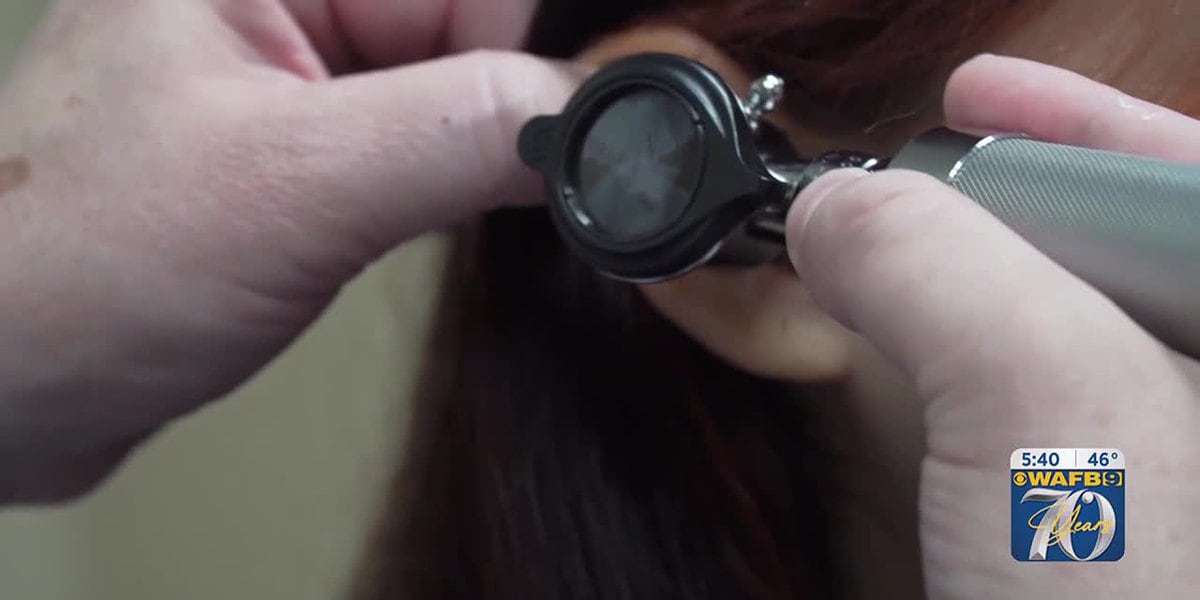In the United States, approximately 7% of children receive a diagnosis of fluid accumulation in their ears, a condition that not only incurs significant costs but also poses risks to children’s auditory function. To address this issue, a medical professional is pioneering the development of innovative technology aimed at detecting such infections, given the obsolescence of conventional diagnostic methods.
By the age of three, an alarming five out of six children may experience the discomfort of ear infections, often necessitating the insertion of artificial drainage tubes due to the underdevelopment of their Eustachian tubes, which link the nasopharynx to the middle ear.
The primary purpose of these tubes is to aerate the middle ear space. Dr. Aaron Moberly, a distinguished otolaryngology professor at Vanderbilt University Medical Center, advocates for a procedure that involves creating incisions in the eardrum and inserting tubes to maintain ventilation and facilitate the drainage of any accumulated fluid.
Ear infections, notorious for their painful nature, can lead to communication challenges and hearing impairment. Despite their longstanding use, traditional otoscopes are plagued by inadequate illumination and limited visibility. In an effort to revolutionize the diagnosis and assessment of eardrum conditions, Dr. Moberly has turned to artificial intelligence technology.
Dr. Moberly elaborates on the process, stating, “The software not only generates a comprehensive image but also offers real-time feedback to the healthcare provider, indicating a 90% likelihood of abnormal ear appearance or a 75% probability of fluid presence behind the eardrum.”
Utilizing machine learning capabilities, the AI algorithm aims to enhance the accuracy of middle ear disease detection and classification, thereby mitigating the risk of long-term hearing impairment and promoting optimal speech and language development.
Dr. Moberly strongly advises against relying on online otoscope purchases or mobile applications for the identification of such pathogens, emphasizing the importance of professional medical assessment in these cases.





